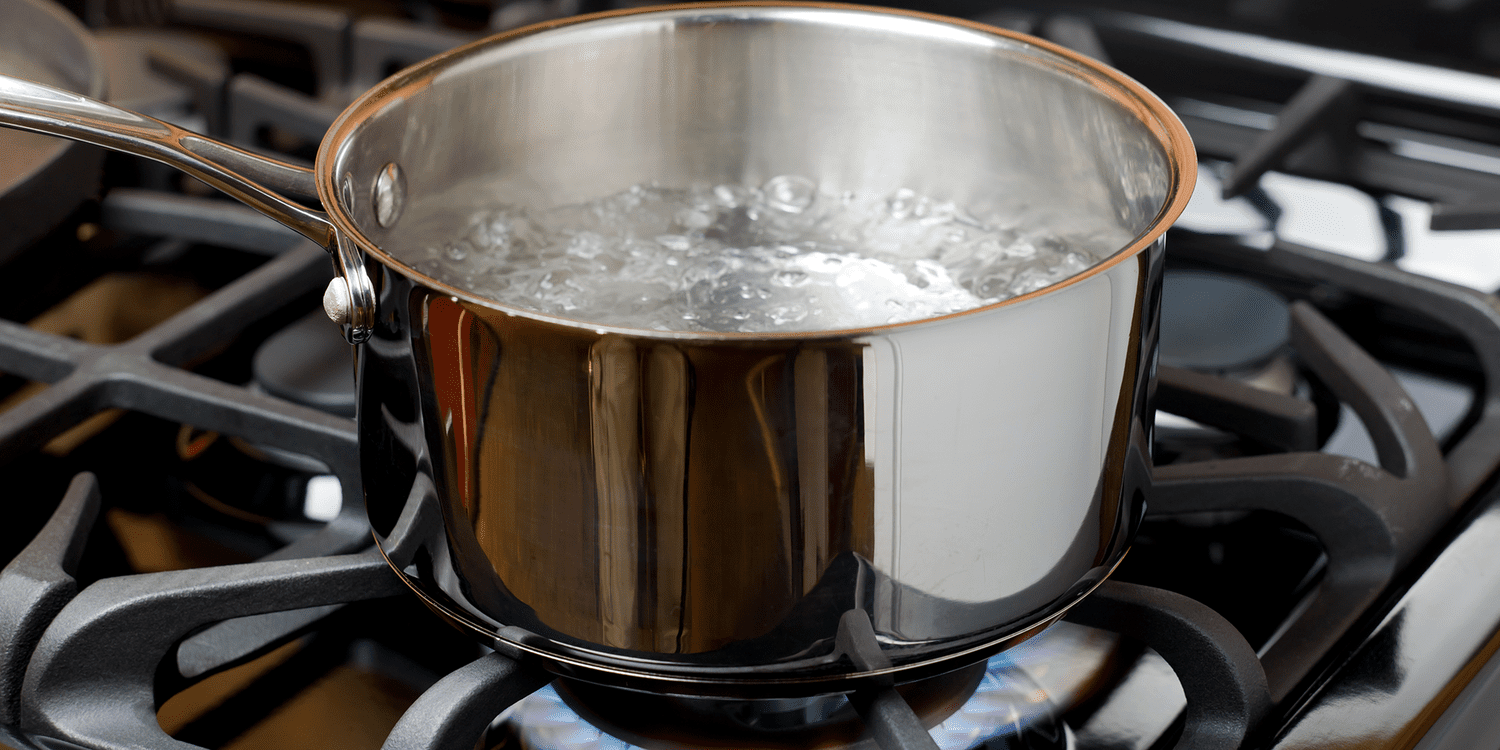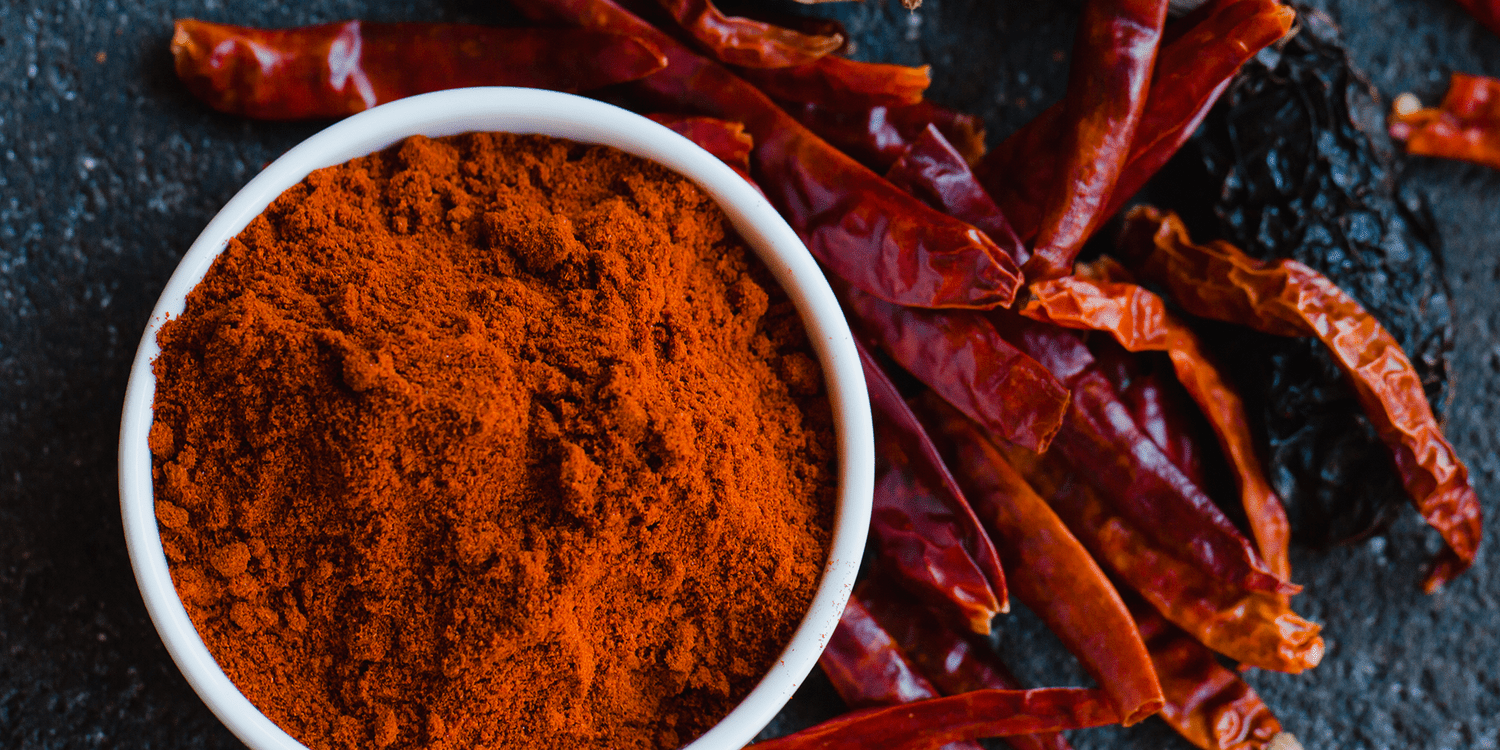Boiling and simmering are common terms that you’ve probably seen before in recipes. These moist-heat cooking methods are not so different, but they’re also not exactly alike either. Understanding the difference between simmering and boiling — and knowing when to use one or the other — can make or break a recipe.
How? Think about it. Simmer a pot roast and it becomes tender and moist. Boil it, and you’ll be left with tough, chewy meat. Similarly, boiling pasta renders it a perfect al-dente, while simmering makes it gummy and glue-like. Let’s take a closer look at the characteristics of each cooking method.
Boiling

Boiling takes place at 212 degrees F, which is the boiling point of water at sea level. A sure sign of boiling water (or any liquid) is when the surface bubbles furiously and the liquid beneath it churns vigorously. You should also see a good amount of steam escaping from the pot.
Boiling is used to cook pasta and vegetables (like kale, broccoli, carrots, or green beans), or when reducing and intensifying a sauce. If you’ve ever made Lowcountry Boil, then you’ll make use of boiling to cook the shrimp, corn, and other essential components. Boiling is also crucial part of making bagels from-scratch — doing so gives them a superior texture and flavor while also helping them brown better in the oven.
Simmering

Simmering, on the other hand, occurs at 180-190 degrees F and is much gentler than boiling. Instead of vigorous bubbles, you’ll see smaller bubbles that break the surface of the water. The water may even shimmer, as though it’s about to move. Maintaining a simmer can require close attention, because as heat builds in a pot, a simmer easily can turn to a boil.
When we want to cook food low and slow in liquid, simmering is the best option. Simmering helps break down the connective tissue of tougher cuts of meat such as chicken thighs, beef pot roast, pork shoulder, and lamb shanks. You’ll also want to simmer more delicate foods such as poached eggs or poached fish.
Simmered food takes much longer to cook than boiled food, but the depth of flavors you’re able to achieve are well-worth the extra time. A soup that’s simmered for hours — such as chili or beef stew — becomes hearty and wholesome comfort food. You can also maintain a simmer in the oven, such as in this classic coq au vin recipe, but you’ll have to bring the pot to the proper temperature on the stovetop first.
Yes, boiling and simmering are different processes, but oftentimes, they work together in recipes. You may see a line in the instructions that says, “Bring to a boil, then reduce to simmer.” You’ll achieve a more accurate and even simmer in the pot when you’re lowering the heat from boiling.
The amount of time it takes for your water to simmer or boil depends on the type of stovetop you’re using. Because a gas range generally heats up faster than an electric range, water will come to a boil faster. Gas also delivers better heat control than electric, so you’ll have a much easier time finding the ideal simmering temperature. Whether you’re boiling pasta or simmering chicken thighs, understanding the heating abilities of your stovetop will ultimately lead to tastier, perfectly-cooked food.




